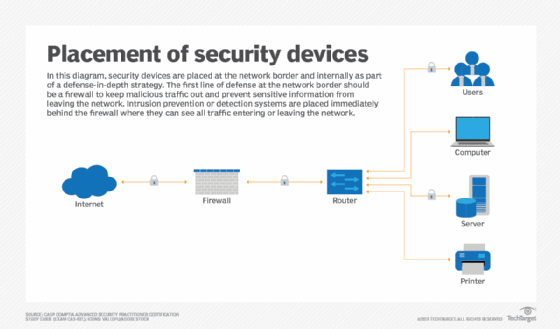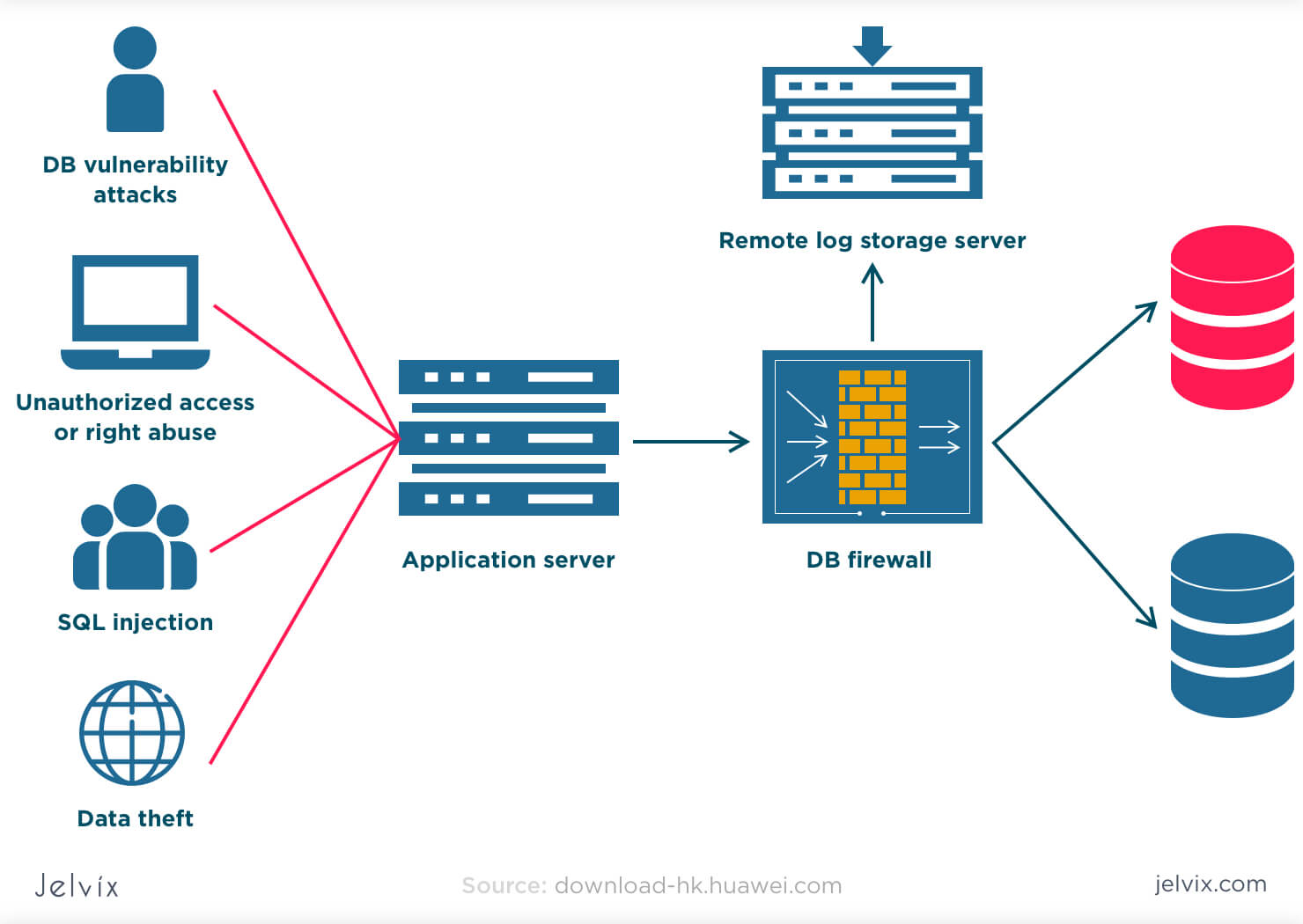The field of network engineering is integral to the smooth functioning of modern communications. However, despite its importance, network engineering often remains shrouded in mystery for many people. In this blog post, we will delve into the world of network engineering, unlocking its mysteries and shedding light on its key concepts.
1. Introduction to Network Engineering
Network engineering is the discipline that focuses on the design, implementation, and management of computer networks. These networks enable the seamless transfer of data, voice, and video across various devices and locations. A network engineer plays a crucial role in ensuring the network’s reliability, scalability, and security.
2. Understanding Network Components
To comprehend network engineering, it’s crucial to understand the fundamental building blocks of a network. These include:
– Routers: These devices connect different networks and facilitate data transfer between them.
– Switches: They enable the interconnection of devices within a single network, facilitating efficient and secure communication.
– Firewalls: These act as a network’s gatekeepers, protecting it from unauthorized access and potential cyber threats.
– Servers: They host data, applications, and services, making them accessible to network users.
3. Networking Protocols
Network engineers rely on standardized protocols to ensure seamless communication across networks. Some widely used protocols include:
– Internet Protocol (IP): This protocol governs the addressing and routing of data packets on the internet.
– Transmission Control Protocol (TCP): TCP guarantees the reliable and ordered delivery of data packets in network communication.
– Border Gateway Protocol (BGP): BGP is crucial for internet routing, ensuring efficient traffic flow between networks.
4. Network Topologies
Various network topologies define the layout and interconnections of network devices. Common topologies include:
– Bus: Devices are connected to a single shared communication medium, like a cable.
– Star: Devices are centrally connected to a central hub, enabling easy scalability and fault isolation.
– Mesh: Devices have redundant connections, providing high fault tolerance and scalability.
5. Network Security
Network engineers must prioritize network security to protect against cyber threats. Key security measures include:
– Firewalls: Implementation of firewalls filters incoming and outgoing traffic, preventing unauthorized access.
– Virtual Private Networks (VPNs): VPNs establish secure connections over public networks, safeguarding sensitive data.
– Intrusion Detection and Prevention Systems (IDS/IPS): These systems monitor network traffic for suspicious activity and prevent potential breaches.
6. Emerging Technologies and Trends
Network engineering continually evolves with emerging technologies. Some current trends include:
– Software-Defined Networking (SDN): SDN separates the control plane from the data plane, enabling more flexible and programmable network management.
– Internet of Things (IoT): IoT devices connect to networks, allowing the exchange of data and enabling automation in various domains.
– 5G Networks: The next generation of mobile networks promises higher speeds, lower latency, and increased capacity, ushering in new possibilities for network engineers.
7. Career and Certifications
For those interested in pursuing a career in network engineering, relevant certifications can be beneficial. Popular certifications include:
– Cisco Certified Network Associate (CCNA): A basic certification covering network fundamentals, routing, switching, and security.
– Juniper Networks Certified Internet Associate (JNCIA): This certification focuses on Juniper Networks technology and protocols.
– Certified Information Systems Security Professional (CISSP): CISSP covers essential topics related to network security.
Conclusion
Network engineering remains a crucial field, ensuring seamless communication and connectivity in our increasingly interconnected world. By unraveling the mysteries surrounding network engineering, we hope this blog post has provided valuable insights into the discipline’s fundamental concepts, components, and trends. Whether you are considering a career in network engineering or simply want to understand the network that powers your digital life, this knowledge will prove invaluable in navigating the complex network landscape.











